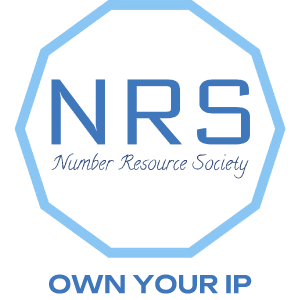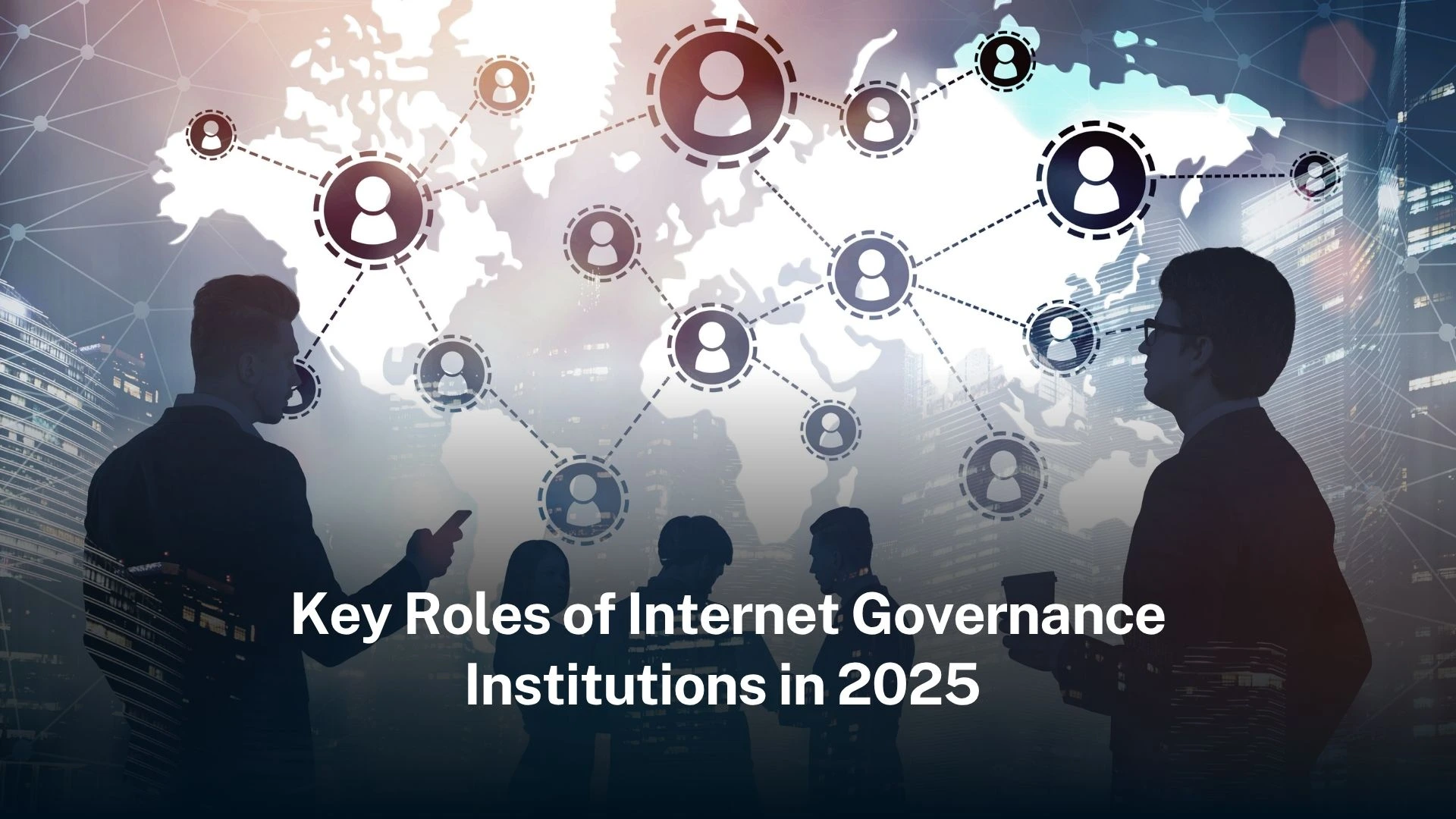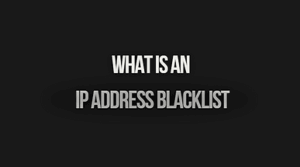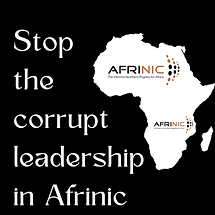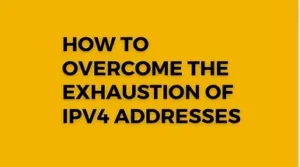Introduction
Internet governance institutions will face challenges. These challenges come from rapid growth of the internet. One challenge is managing increased cyber threats. Cyber threats are becoming more common. Another challenge is resolving conflicts. Conflicts happen between national digital policies. Different countries have different rules. This can cause problems for global internet use.
These institutions will also face opportunities. Opportunities come from new technologies. One opportunity is using new technologies to improve internet access. This helps underserved areas. Underserved areas are places with little or no internet. Another opportunity is creating global standards. These standards are for emerging tools. An example is the metaverse. The metaverse is a virtual space for online interaction.
The online population is ever-expanding. More users join the internet each month. Many of these new users are from low- and middle-income countries. These countries have had low internet adoption in the past. Now more people in these countries are getting online.
People rely more on the internet for daily activities. These activities include business transactions. Business transactions can be online shopping. They can also be using remote work tools. Another activity is education. Education includes virtual classrooms. It includes online learning platforms. Healthcare is another activity. Healthcare includes telemedicine appointments. It includes digital health records. Social interaction is also an activity. This includes using social media. It includes video call apps.
The role of governance institutions is more critical than ever. This is because of the growing reliance on the internet. Their role has three main parts. The first part is managing the digital world. They do this by setting clear rules. The rules guide how the digital world operates. The second part is regulating digital service providers. Regulation prevents abuse. Abuse can be things like misusing user data. The third part is securing the digital world. Security protects against threats. Threats can disrupt essential services.
Digital infrastructure is as important as physical infrastructure. Digital infrastructure includes data centers. It includes fiber optic cables. It also includes satellite networks. Physical infrastructure includes roads and bridges. Both types of infrastructure are necessary. Without reliable digital infrastructure, economies cannot work well. Communities cannot access basic services.
Cyber threats are growing. They are growing in frequency. They are also growing in severity. They lock hospital systems until money is paid. Another example is state-sponsored hacks. These hacks target government databases. They steal sensitive information. Phishing scams are another example. These scams target individual users. They trick users into giving personal details.
Users and businesses need to know how decisions are made. They need to know which groups are involved in making decisions. The need for inclusivity also becomes more urgent. Inclusivity means all regions and communities are represented. The need for security becomes more urgent too. Security means protecting users and systems from harm.
The article examines the organisations driving these changes. These organisations include long-standing bodies. An example is ICANN. They also include newer coalitions. These coalitions focus on digital inclusion. The article examines their goals. Goals include creating global cybersecurity standards. They also include expanding internet access to rural areas. Another challenge is technical barriers. These barriers make it hard to implement new governance tools. The goal of addressing these challenges is to keep the internet a free resource. A free resource lets users express themselves. They can do this without unnecessary censorship.
The internet should also be a secure resource. It should be an equitable resource. Equity means no user is left behind. No one is left behind because of technical barriers. No one is left behind because of economic barriers.
What is Internet Governance?
Internet governance comes from multiple sources. These sources work together. One source is intergovernmental organisations. These organisations set global policies. They coordinate actions between countries. An example is the United Nations’ International Telecommunication Union. Another source is non-governmental entities. These entities advocate for user rights. They provide input on governance issues. An example is digital rights groups like Access Now. A third source is the private sector. The private sector builds internet infrastructure. It also operates this infrastructure. This includes social media platforms. It includes internet service providers. A fourth source is civil society groups. These groups represent user needs. They represent children. They represent people with disabilities. They also represent rural communities.
The internet’s technical underpinnings are essential. They make the internet work. These underpinnings include domain names. Domain names are web addresses. Users type them into browsers. An example is google.com. They include IP addresses. IP addresses are numerical labels. They identify devices online. They also include protocols. Protocols are sets of rules. They govern how data is sent. They govern how data is received between devices. Protocols let networks communicate. They make sure data from one device is understood by another.
Internet governance also involves broader policy issues. These issues affect daily life. They affect digital economies. Privacy is one such issue. Governance bodies create rules for privacy. These rules protect user personal information. They stop information from being collected without consent. They stop it from being shared without consent. Data protection is another issue. Data protection policies make sure data is stored securely. They stop businesses or governments from misusing data. Cybersecurity is a third issue. Cybersecurity protects networks and devices. It protects them from cyberattacks. Content regulation is a fourth issue. Content regulation sets rules for online content. It bans hate speech. It bans illegal material.
Key Players in Internet Governance
The year 2025 will see several key players. These players will keep shaping internet governance. They have a history of doing this work. They manage technical parts of the internet. They manage policy parts. They also manage advocacy parts. Their roles are deeply part of the digital ecosystem. They will keep dominating governance. Here are the most influential institutions. They will shape the digital landscape in 2025:
1. ICANN
ICANN works in global internet governance. Its mandate covers every country with internet use. It is one of the most influential. This is because its work touches the internet’s technical foundation. Without its coordination, websites would be inaccessible. Devices could not connect across networks.
The internet was different then. It was a niche tool. It was used by academics and military personnel. By 1998, it was becoming a global platform. It was for commerce and communication. Since then, ICANN’s responsibility has evolved. The internet has grown. ICANN’s job is to coordinate domain name allocation. It makes sure no two websites have the same web address. It also coordinates IP address allocation. It makes sure every device has a unique identifier. This identifier lets devices send and receive data.
2. ISOC
ISOC works in internet governance. Its focus is making sure the internet serves the public good. One part of its role is advocating for an open internet. An open internet has no arbitrary restrictions. Users can access what they want. They can share what they want.
It works to help people with disabilities. It does this through policies. One policy is requiring websites to be screen-reader compatible. Screen readers help visually impaired users. ISOC also works to make internet access affordable. This helps users in low-income regions.
A third part of ISOC’s role is advocating for a secure internet. It provides resources. It provides training.
ISOC has a mission. This mission guides all its work. The mission is to keep the internet a platform. It is a platform for freedom of expression. Users can share ideas and opinions. They can do this without censorship. It is also a platform for innovation. Developers and entrepreneurs can create new tools. They can create new services. They do this without unnecessary barriers. This mission comes from a belief. The belief is that the internet is a public resource. It is not a private commodity. It should be managed to benefit all people.
ISOC’s influence is clear in its initiatives. It leads key projects that shape the internet. PIR oversees the .org domain. The .org domain is used by over 10 million groups. These groups include non-profits, charities, and community organisations. ISOC makes sure the .org domain is affordable. It makes sure it is accessible for these groups. It stops commercial entities from taking over. Commercial entities might raise prices. They might restrict access.
3. The ITU
ITU is a specialised UN agency. It has a mandate. The mandate is to coordinate global telecommunications. It also coordinates internet policies. It is another central player in internet infrastructure governance. It brings together governments. They agree on shared rules. They agree on shared standards for digital communication.
ITU has a focus that covers two areas. The first area is technical. The second area is policy. The technical focus is on developing international telecommunications. ITU helps countries build digital infrastructure. It helps them upgrade existing infrastructure.
The policy focus is on coordinating telecommunications standards. Standards make sure technologies work together. They work across countries. They work across companies. An example is ITU setting 5G standards. A 5G phone from one manufacturer can connect to a 5G tower from another company.
FAQs
1. What is ICANN’s role in internet governance?
ICANN is essential in internet governance. Its first main task is to coordinate the global domain name system (DNS).
ICANN’s second main task is to manage IP address allocation. It distributes IPv4 addresses fairly. It also speeds up the adoption of IPv6 addresses. IPv6 has almost unlimited addresses. It will support the internet’s growth for decades.
All of ICANN’s work aims to ensure internet stability. Stability means users can reliably access websites. It means users can send data across borders at any time. It also means businesses can build online services. They do not need to worry about sudden DNS or IP address disruptions. Without ICANN’s coordination, countries or companies might create conflicting systems. This would break the global connectivity the internet needs.
2. Why is multilateral cooperation essential?
The internet is a global system. It does not end at national borders. A user in Australia can send an email to someone in Canada. A business in India can sell services to customers in Brazil. Both use the same internet. This global nature means internet issues also cross borders.
Cybersecurity is another cross-border issue. They need to work together to catch hackers. Without multilateral cooperation, each country would fight cybercrime alone. This would make it much harder to protect users and businesses.
Digital trade is also a cross-border issue. Digital trade involves selling services like streaming videos or cloud storage to foreign customers. Some countries might block foreign digital services. They do this to protect their own companies. Multilateral cooperation (through groups like the WTO) creates rules. These rules prevent unfair blocking. This helps businesses grow. It also gives users more digital service choices.
3. What challenges do internet governance institutions face in 2025?
The challenge is cybersecurity risks. More services are moving online. These services include healthcare, banking, and government services. It helps them break into systems.
For example, an AI-powered phishing scam can trick users. It mimics friends’ voices or writing styles to get passwords. Governance institutions need to create new rules to stop these attacks. They also need to work with tech companies.
4. What is the ITU’s role?
The main role is expanding internet access to underserved regions. Rural Africa, small island nations, and poor Asian areas are examples. The ITU works with these regions to build digital infrastructure.
For example, it helps countries lay fiber optic cables in rural areas. It also helps launch satellites. These satellites provide internet access to remote islands. The ITU also provides technical training. Local workers get this training. They can then maintain the infrastructure.
The ITU also advocates for cheaper internet policies. The ITU works with governments. It helps reduce internet service taxes. It also helps give subsidies to internet providers. This makes internet access affordable for more people.
5. How does internet governance affect everyday users?
Internet governance has a direct impact on everyday users. It affects how users protect their privacy. It affects how they access digital services. It also affects how they stay safe online. Every time you use the internet, governance rules shape your experience.
Governance institutions create rules. These rules tell companies how to collect and use user data. For example, the EU’s GDPR requires companies to ask for permission. They need permission before collecting your data. It also lets you ask companies to delete your data. Without these rules, companies could collect your information without telling you. Your location or browsing history might be collected.
Companies could also sell your data to others. These others might send unwanted ads. They might even steal your identity. Governance rules protect users. They give users control over their own data.
